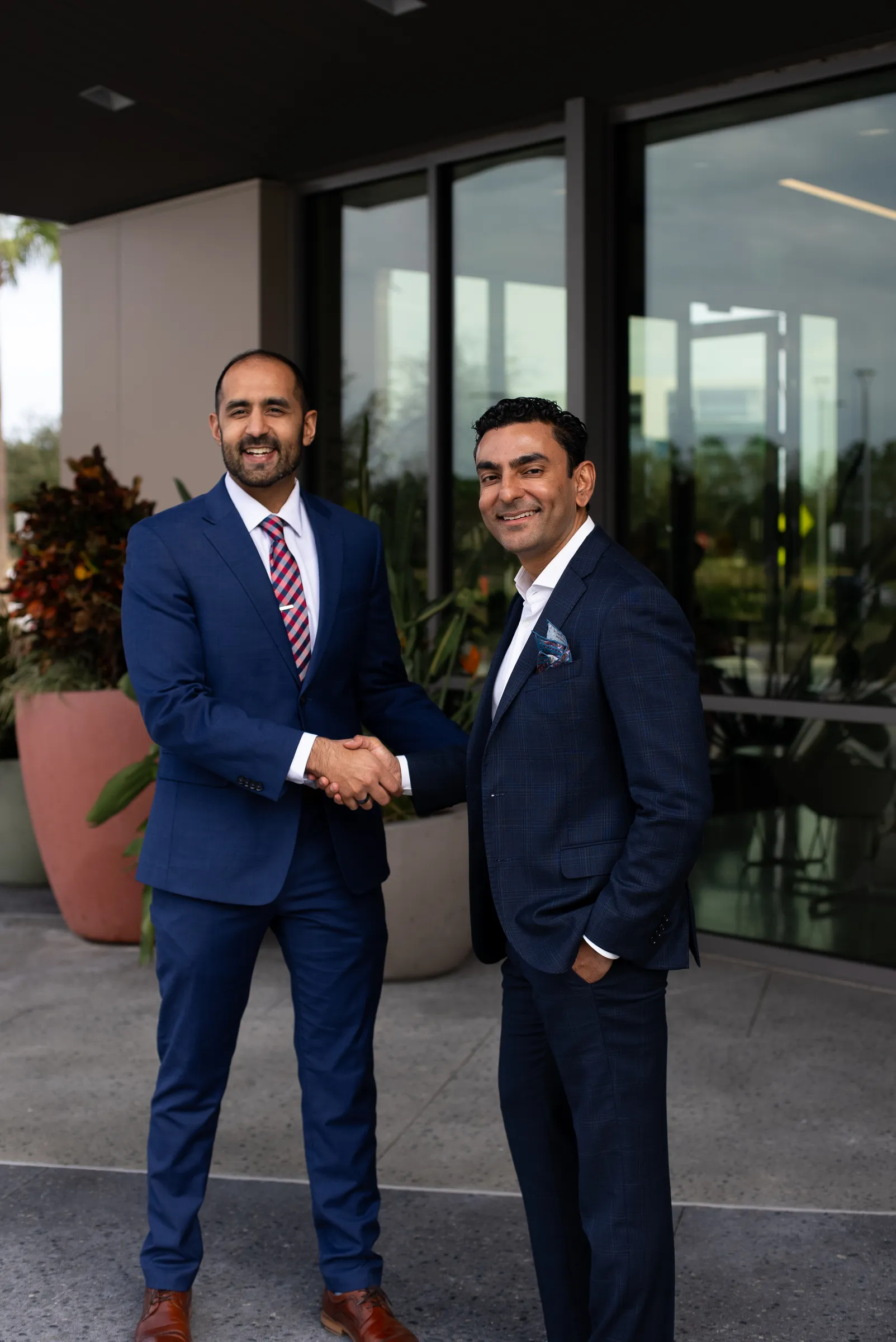
Unprotected exposure to excessive amounts of UV radiation over short periods of time can lead to photokeratitis, or sunburn to the eye. Red and gritty feeling eyes, extreme sensitivity to light and excessive tearing are symptoms of this, and are typically temporary and rarely causes permanent damage to the eyes.
Long-term exposure to UV radiation is more serious, resulting in the development of cataracts, tissue growth on the surface of the eye, skin cancer around the eye, and damage to the retina. Damage to the retina, which is used for seeing, is usually not reversible.
How Can Sunglasses Help Protect the Eyes?
The sun, in low levels, produces infrared light and the eye can tolerate these wavelengths better than others. Certain sunglasses make claims for their products based on infrared protection, but research has shown that there isn’t a close connection between eye disease and infrared rays.
- Blue light’s harm to the eye is still questionable, but lenses are made to block it, and are amber colored. The yellow or orange tint is supposed to make distant objects more distinct, specifically in snow or haze, making them a favorite among skiers, hunters, boaters and pilots.
- Polarized lenses reduce glare and are useful in fishing and driving. It has nothing to do with UV light absorption, but they are often combined with UV-blocking chemicals.
- Mirror-coated lenses have a thin layer of metallic coating that reduces the amount of visible light entering the eyes, but doesn’t completely protect from UV radiation.
- Wraparound glasses are shaped to stop light from shining around the frames and into your eyes and protects from all angles.
- Gradient lenses that are shaded from top to bottom are useful in driving because they allow you to see the dashboard clearly. Double-gradient lenses, shaded from the top and bottom and lighter in the center, are better for sports when light reflects up off the ground or water.
- Photochromic lenses automatically lighten and darken in the environment and are typically good for UV-absorption; however, it takes one minute to five minutes for them to adjust completely.
No matter your style choice, there are several things you should look for when choosing your next pair of sunglasses. Before purchasing be sure that your glasses:
- Block out 99 to 100 percent of both UV-A and UV-B radiation
- Screen out 75 to 90 percent of visible light
- Have lenses perfectly matched in color and free of distortion and imperfection
- Have lenses that are gray, green or brown


